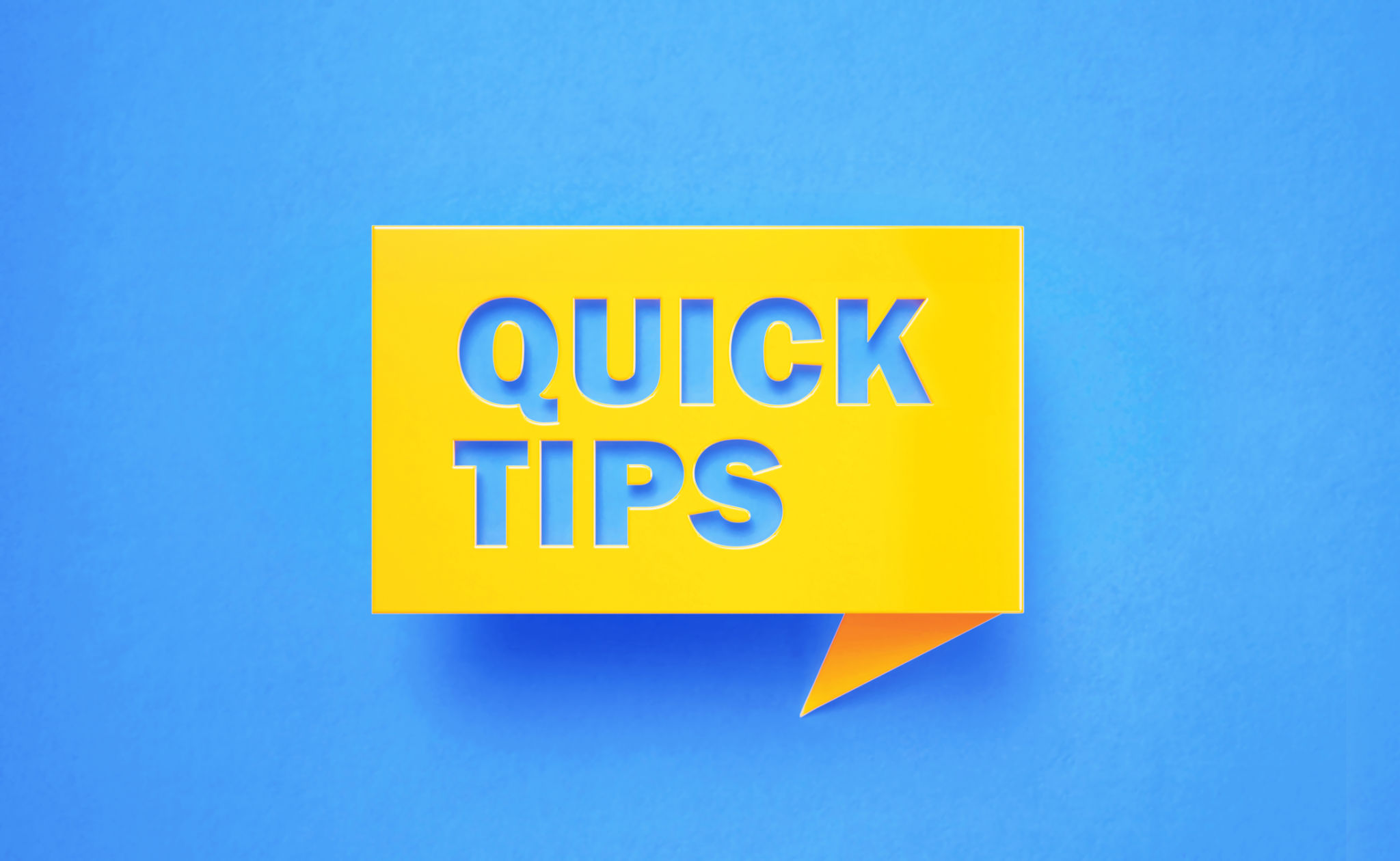Quick and Easy Guide to Setting Up QuickBooks for E-Commerce Success
When you’re running an e-commerce business, keeping your finances organized is essential. QuickBooks is one of the most popular accounting tools out there, and with good reason: it’s user-friendly, efficient, and packed with features that make managing your business’s finances a breeze. But before you can enjoy these benefits, you need to set it up correctly for your e-commerce transactions.
In this post, we’ll walk you through the steps to set up QuickBooks for your e-commerce business, explain why it’s important, and give you actionable tips to get started today.

Why Setting Up QuickBooks for E-Commerce is Essential
Here are five compelling reasons why properly setting up QuickBooks for your e-commerce business is critical:
Accurate Financial Tracking
It ensures your income and expenses are recorded correctly, giving you a clear view of your financial health.
Simplified Tax Preparation
Come tax season, you’ll have everything organized for your accountant or for filing taxes yourself.
Efficient Inventory Management
QuickBooks helps track inventory levels, so you never oversell or overstock.
Streamlined Payment Processing
Integration with e-commerce platforms allows seamless payment tracking and reconciliation.
Better Decision-Making
Accurate financial data allows you to make informed decisions to grow your business.

Step-by-Step Guide to Setting Up QuickBooks for E-Commerce Transactions
1. Choose the Right QuickBooks Plan
Not all QuickBooks plans are created equal. For e-commerce businesses, QuickBooks Online Essentials or Plus are often the best choices. These plans offer:
- Multi-currency support
- Inventory tracking
- Integration with third-party apps
Action Step: Evaluate your business’s needs and choose a plan that supports your e-commerce operations.
2. Connect Your E-Commerce Platform
Integrating QuickBooks with your e-commerce platform (e.g., Shopify, WooCommerce, Amazon) saves time and reduces errors. Use third-party apps like A2X or Webgility for seamless synchronization.
Action Step: Research the best integration tool for your platform and follow its setup instructions.
3. Set Up a Chart of Accounts
Your chart of accounts is the backbone of your bookkeeping. For e-commerce, you’ll need to create accounts for:
- Sales revenue
- Cost of goods sold (COGS)
- Inventory assets
- Sales tax payable
Action Step: Customize your chart of accounts to reflect your e-commerce operations.
4. Automate Transaction Categorization
Use bank rules in QuickBooks to automatically categorize recurring transactions like shipping fees, subscription costs, and payment processing fees.
Action Step: Set up bank rules for your most common transactions to save time.
5. Track Inventory
QuickBooks allows you to track inventory levels, costs, and sales. Be sure to:
- Enter starting inventory
- Set reorder points
- Link inventory to your e-commerce sales
Action Step: Input your current inventory levels and set up automated tracking.
6. Integrate Payment Processors
If you use PayPal, Stripe, or other payment processors, connect them to QuickBooks. This ensures every transaction—from sales to fees—is accurately recorded.
Action Step: Go to the integrations tab in QuickBooks and connect your payment processors.
7. Reconcile Accounts Regularly
Regular reconciliation ensures that your QuickBooks records match your bank statements. This helps catch discrepancies like duplicate transactions or missing entries.
Action Step: Schedule a weekly reconciliation session to stay on top of your finances.
8. Set Up Sales Tax Tracking
QuickBooks can calculate and track sales tax for your transactions. Make sure you:
- Set up tax rates for each jurisdiction where you sell
- Enable automatic tax calculation
- Action Step: Configure sales tax tracking for your selling regions.

Bonus Tips for Maintaining Your QuickBooks Setup
Schedule Regular Reviews
Check your reports and reconciliations weekly or monthly to ensure everything is accurate.
Leverage Reports
Use QuickBooks reports to analyze sales trends, customer behavior, and expenses.
Consult a Professional
If you’re unsure about setup or maintenance, consult a QuickBooks ProAdvisor for expert guidance.

Ready to Take Action?
Now that you understand the importance of setting up QuickBooks for e-commerce, it’s time to put this knowledge into action. Here’s a recap of steps you can take today:
- Choose the right QuickBooks plan for your business.
- Connect your e-commerce platform.
- Customize your chart of accounts.
- Set up transaction categorization and inventory tracking.
- Integrate payment processors and enable sales tax tracking.
Setting up QuickBooks might take a bit of effort upfront, but it will save you hours in the long run—not to mention the peace of mind that comes with knowing your finances are under control.
With QuickBooks set up and running smoothly, you can focus on what matters most: growing your e-commerce business. Happy bookkeeping!
